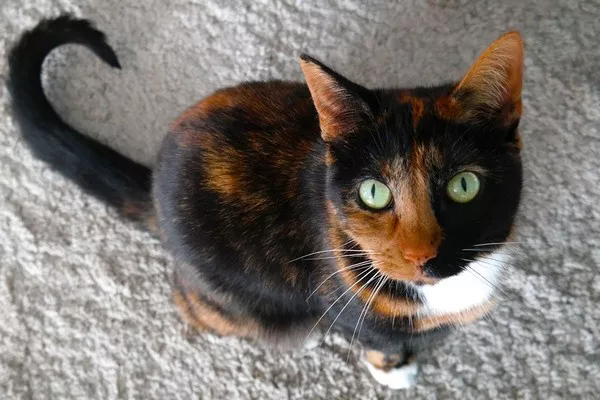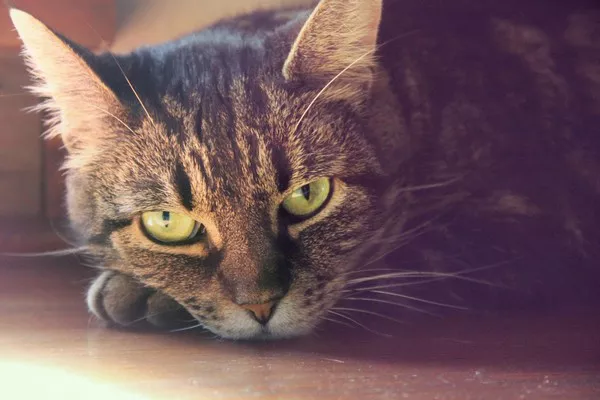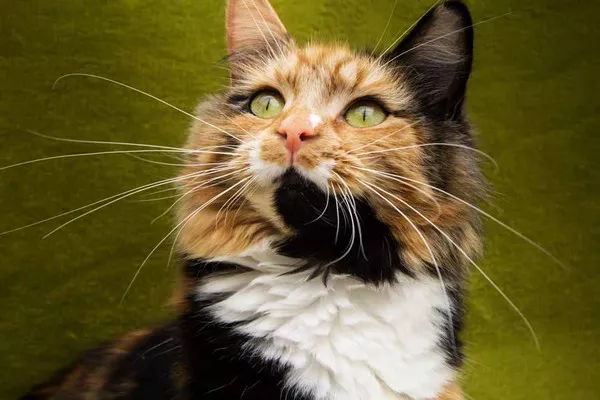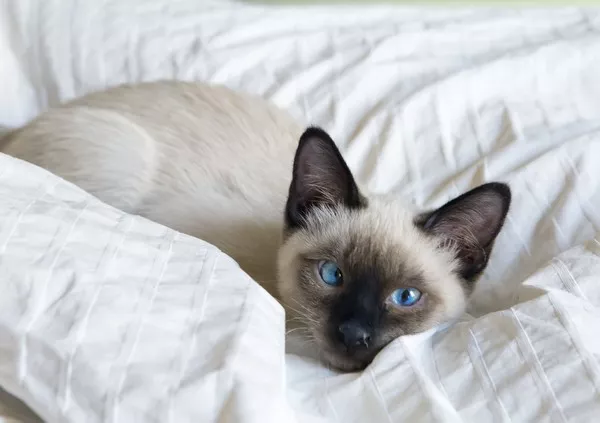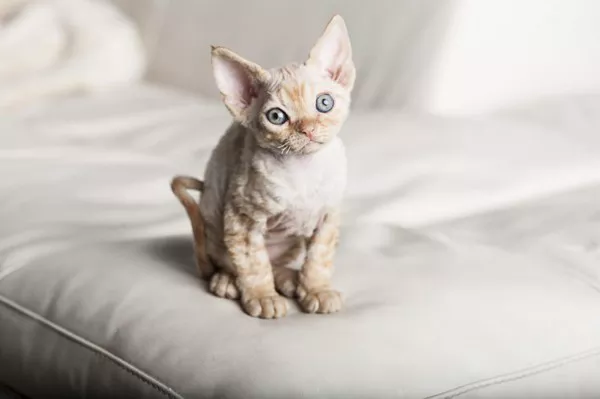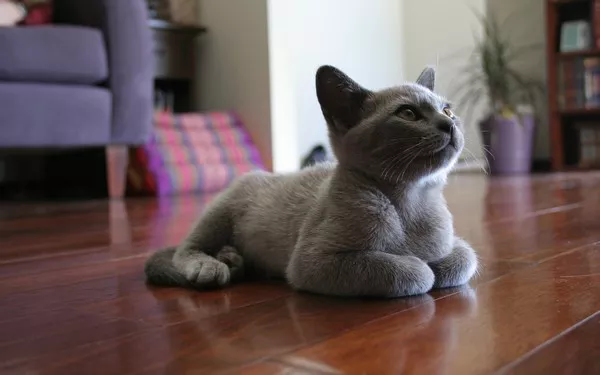Calico cats are known for their vibrant coats, unique personalities, and often, their perceived neediness. These multicolored felines have captured the hearts of many cat lovers around the world with their striking appearance and affectionate demeanor. However, their tendency to seek attention and affection may leave some wondering: why are calico cats so needy? In this article, we delve into the complexities of calico cat behavior, exploring the factors that contribute to their perceived neediness and the ways in which pet owners can best meet their needs.
The Allure of Calico Cats: An Overview
Introduction to Calico Cats
Calico cats are a type of domestic cat characterized by their tri-colored coats, which typically feature patches of white, black, and orange or red fur. Their unique coloring is the result of a genetic mutation that affects the expression of coat colors, resulting in the distinctive patches and patterns that are synonymous with calico cats. Beyond their appearance, calico cats are known for their lively personalities, playful demeanor, and affectionate nature, making them popular pets in households around the world.
Personality Traits
While each calico cat is unique, there are some common personality traits that are often associated with the breed. Calico cats are known for their outgoing and sociable nature, enjoying interactions with their human companions and seeking attention and affection whenever possible. They are often described as vocal and communicative, using a variety of meows, chirps, and purrs to express their needs and desires. Additionally, calico cats are typically intelligent and curious, with a playful streak that endears them to their owners.
Exploring the Neediness of Calico Cats: Factors at Play
Genetic Factors
One possible explanation for the perceived neediness of calico cats lies in their genetic makeup. While there is no definitive evidence to suggest that calico cats are inherently more needy than other breeds, certain genetic factors may influence their behavior. For example, the gene responsible for the calico coat pattern is linked to the X chromosome, which may also be associated with other traits such as temperament and personality. As a result, calico cats may exhibit a range of behaviors, including seeking attention and affection from their owners.
Socialization and Bonding
Another factor that may contribute to the perceived neediness of calico cats is their strong bond with their human companions. Calico cats are known for forming deep and affectionate relationships with their owners, often seeking out their company and craving attention and affection. This strong bond may stem from early socialization experiences, as well as the individual personality of the cat and the quality of the relationship with their owner. Calico cats may become particularly attached to their owners and may exhibit behaviors such as following them around the house, sitting on their laps, or meowing for attention.
Meeting the Needs of Your Calico Cat: Tips for Pet Owners
Provide Plenty of Attention
One of the most important ways to meet the needs of your calico cat is by providing plenty of attention and affection. Calico cats thrive on human interaction and enjoy spending time with their owners, so be sure to set aside time each day to play, cuddle, and bond with your pet. Engage in interactive play sessions, offer plenty of pets and scratches, and be responsive to your cat’s vocalizations and cues for attention.
Create a Stimulating Environment
In addition to attention and affection, calico cats also benefit from a stimulating environment that provides opportunities for play, exploration, and mental stimulation. Provide plenty of toys, scratching posts, and climbing structures to keep your cat entertained and engaged. Rotate toys regularly to prevent boredom, and consider incorporating puzzle feeders or interactive toys to stimulate your cat’s mind and prevent behavioral issues such as boredom and anxiety.
Conclusion: Understanding and Appreciating Your Calico Cat
In conclusion, the perceived neediness of calico cats is likely influenced by a combination of genetic factors, socialization experiences, and individual personality traits. While calico cats may seek attention and affection from their owners, their affectionate nature and playful demeanor make them cherished companions in households around the world. By understanding the unique needs of calico cats and providing plenty of attention, affection, and stimulation, pet owners can ensure that their feline friends lead happy, healthy, and fulfilling lives. So, embrace the affection of your calico cat and cherish the special bond you share with your colorful companion.
FAQs:
1. Are calico cats more talkative?
Calico cats’ talkativeness isn’t determined by their coat color. Cat breeds and individual personalities influence vocalization more. Some calicos might be chatty, but it varies. Factors like upbringing, socialization, and genetics play a role. Engaging with your cat and understanding its cues helps foster communication, regardless of coat color.
2. Do calico cats have mental issues?
Calico cats don’t inherently have mental issues due to their coat color. Mental health in cats stems from various factors like genetics, environment, and socialization. While certain breeds might have predispositions to specific conditions, such as anxiety or compulsive behaviors, it’s not exclusive to calicos. Regular vet check-ups and a stimulating environment can support overall feline well-being.
3. Do calico cats have behavioral issues?
Calico cats, like any other breed or coat color, can experience behavioral issues. These issues often result from factors like stress, insufficient stimulation, or medical problems. While calicos aren’t predisposed to behavioral issues solely based on their coat, attentive care, proper socialization, and positive reinforcement training can mitigate problems and foster healthy behaviors in any cat. Understanding individual needs and providing a nurturing environment are key to addressing behavioral concerns effectively.

